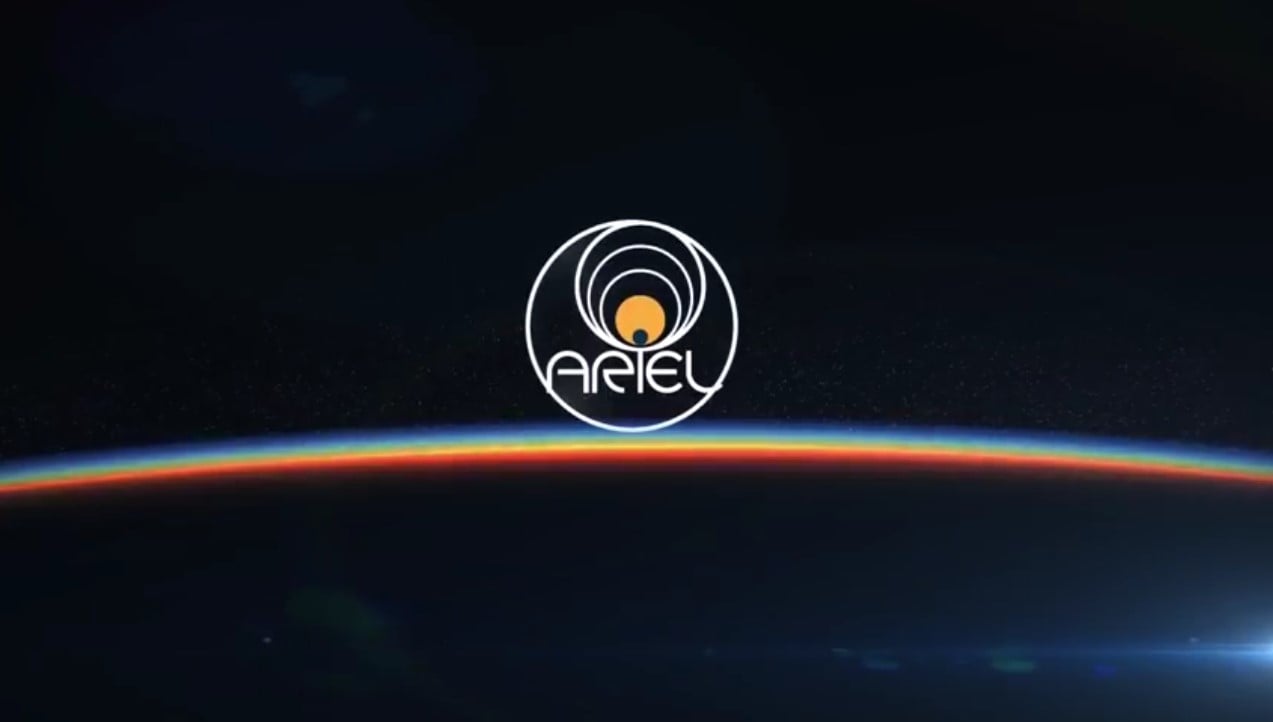The European Space Agency’s new Ariel mission will focus on discovering new worlds outside of our solar system. ESA’s Ariel mission stands for the Atmospheric Remote-sensing Infrared Exoplanet Large-survey mission, and is ESA’s part of the Cosmic Vision Plan. Interestingly, Ariel is the fourth medium-class science mission by the European Space Agency, that is estimated to launch in 2028.
It is already known that in order for a star system to harbor life, it needs to have planets orbiting in its habitable zone. The planet should also have a sufficient amount of liquid water – but not too much, which could be the case with TRAPPIST-1 planets. Also, the system should have a gas giant, like our system has Jupiter, that could protect those planets from strong and dangerous asteroid impacts, the same way that Jupiter possibly protects Earth from the same threats.
For the Cosmic Vision, Ariel is designed to work to determine the conditions that will make extraterrestrial life as we know it possible on planets, as well as conditions for planet formation. Thanks to various technology and science breakthroughs, we have been able to discover new foreign worlds outside of our solar system. The discovered exoplanets range in masses, sizes, and different orbits. Exoplanets are still not well understood to humans, so various missions are planned that will help us learn more about them.
“ARIEL is a logical next step in exoplanet science, allowing us to progress on key science questions regarding their formation and evolution, while also helping us to understand Earth’s place in the Universe,” Günther Hasinger, ESA science director said in a statement.
To get the most precise measurements, scientists will use an infrared telescope with visible light that can penetrate through the exoplanet’s atmosphere using infrared spectroscopy, and there will also be other tools onboard ESA’s new Ariel mission. The mission will also focus on finding chemical signatures in order to discover what elements are required for life to flourish on an exoplanet.
Ariel should be successful in detecting carbon dioxide, methane, vapor and metallic compounds on exoplanets. It should be able to determine these materials on about 1,000 types of exoplanets that range between super-Earths or gas giants like Jupiter.
ESA’s new Ariel mission will analyze the dynamics on the planets and monitor changes that occur on planets, daily, as well as seasonal changes, to determine if they could harbor life.
Meanwhile, NASA should launch its Transiting Exoplanet Survey Satellite, also known as TESS later this year, likely after the Kepler space telescope gets shutdown. The mission’s objective will also be to focus on thousands of different exoplanets that are orbiting the brightest stars in the galaxy.
“This first-ever spaceborne all-sky transit survey will identify planets ranging from Earth-sized to gas giants, around a wide range of stellar types and orbital distances. No ground-based survey can achieve this feat,” stated NASA.
Thrilled for the Ariel and Tess missions? Feel free to sound off your thoughts in the comments section below.





